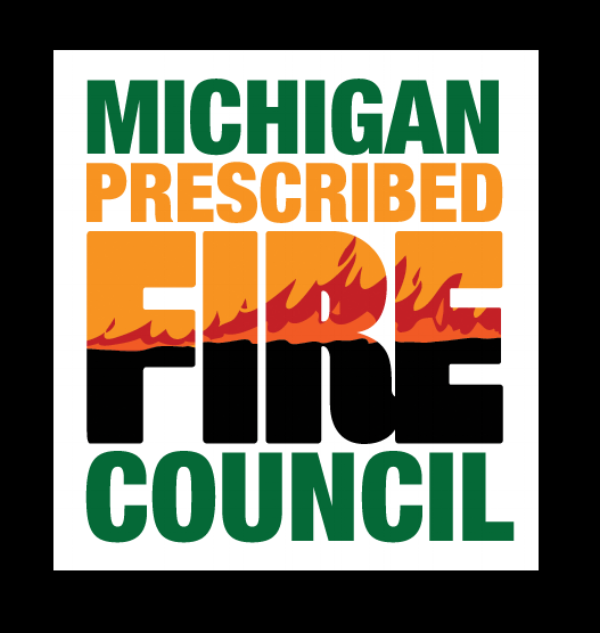I’m always hungry for burning. So when it’s December and I see temperatures hitting the mid-forties, I find myself asking myself: “Is there any way we could we burn in this?” Though the answer is a resounding “no!”, more and more these days, I’m trying to find excuses to burn whenever and wherever I can. As I continue to research the dramatic lack of fire in the American landscape, I’m filled with the urge to make up for all the years lost to fire suppression by putting down as much fire as I possibly can. I’ve got no problem saying that I’m jealous of Florida - not for any of the things that make Florida the crusty, peculiar-headline-generating State that it is - but simply because they get to put down fire year-round. As a result, Florida has one of the most prolific burn programs in the country, and burns an average of 2.1 million acres of land every year. To put that in perspective, Michigan’s average (as reported by MDNR) floats closer to 7,000 acres per year. We undoubtedly live in a less fire-prone climate, but it’s still a stark contrast that sparks in me a desire to ramp up the amount of burning we’re able to do. Since climate change is shrinking the burn window while simultaneously making conditions more dangerous and unpredictable, we’re forced to get creative with ways to get fire on the ground, and one of the most consistent suggestions I’ve heard of is growing seasons burns.
Burning in the growing season is testy. New growth means less mobility, more smoke, and less intensity. They’re also just more uncomfortable, as the summer heat doesn’t allow the same relief from the flames that the cool air of spring or fall does. Research does show that residence time during growing season burns is higher, meaning we can get even better fire effects, specifically in the realm of controlling invasive species. Though they come with their own suite of difficulties, growing season burns are an excellent, relatively easily implementable way to get make more burns happen. There is almost universal consensus that growing season burning can be an effective tool under the right conditions, and a paper I read this morning backed the idea that dormant season burning is just as effective as growing season burning, although the general thesis of the paper seemed to be that a single burn was relatively ineffective at increasing sapling yields in oak-hardwood forests (though the paper admits multiple burns over an extended period of time might be more beneficial).
Below are tons of papers I found on the topic of growing-season burning. Suffice it to say, we’re going to need more research to better determine the effectiveness of those kinds of burns on a variety of different types of plants and ecosystems. The bottom line is that growing season burning is effective, though perhaps not in the same ways as dormant season burning. The fires it produces are lower intensity, potentially have a higher residency, and are actually a part of the normal fire regimen for some ecosystems. The answer is the same as it is in so many areas of fire: it depends. Using growing season burns can be a great idea if your burn program needs ways to get more acreage burned. It can be tricky, however, to navigate the obvious difficulties, like smoke and lack of mobility, in addition to the less obvious ones, like avoiding the destruction of wildlife in the area. Check out the articles below, and hopefully you can be more well informed about doing growing season burns in the future.
https://www.fs.fed.us/pnw/pubs/journals/pnw_2015_cronan001.pdf
http://www.bioone.org/doi/full/10.3375/043.037.0106
http://www.bioone.org/doi/abs/10.2111/rem-d-10-00022.1
https://www.mdpi.com/1999-4907/8/1/8/htm
https://journals.plos.org/plosone/article?id=10.1371/journal.pone.0103423

